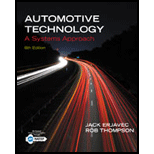
Concept explainers
Explain why a small PCV valve opening is adequate at idle speed.
The presence and importance of a small PCV valve opening is adequate at idle speed.
Explanation of Solution
A small valve opening as PCV is considered as satisfactory to run an engine at idle speed. These small valves help the engine to draw fresh air from the atmosphere through a filter cap which is vented. It helps in stopping the engine to release hydrocarbons directly to the atmosphere. When the vehicle is shut off, the excessive vapor present is forced out through the vent present at the oil filler cap. For a vehicle to run idle, a small opening is a must. PCV valve stops harmful emissions as it protects the environment from smog and other kinds of pollution caused by vehicle emission.
The PCV system works as there is a hole present inside the filtering source of air. Generally, this is provided by an engine air filter. This air helps in drawing the air from the crankcase, further it burns them into the engine. This extracts air from the crankcase and creates a vacuum inside the crankcase. PCV has helped in removing the extra pressure inside the crankcase. This helps in preventing leakage problems.
An absence of the PCV will cause contamination of the internal components of the engine. It will lead to sludge formation as the water and acid will be trapped inside the crankcase.
Want to see more full solutions like this?
Chapter 33 Solutions
Automotive Technology: A Systems Approach (MindTap Course List)
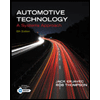 Automotive Technology: A Systems Approach (MindTa...Mechanical EngineeringISBN:9781133612315Author:Jack Erjavec, Rob ThompsonPublisher:Cengage Learning
Automotive Technology: A Systems Approach (MindTa...Mechanical EngineeringISBN:9781133612315Author:Jack Erjavec, Rob ThompsonPublisher:Cengage Learning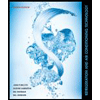 Refrigeration and Air Conditioning Technology (Mi...Mechanical EngineeringISBN:9781305578296Author:John Tomczyk, Eugene Silberstein, Bill Whitman, Bill JohnsonPublisher:Cengage Learning
Refrigeration and Air Conditioning Technology (Mi...Mechanical EngineeringISBN:9781305578296Author:John Tomczyk, Eugene Silberstein, Bill Whitman, Bill JohnsonPublisher:Cengage Learning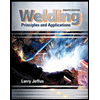 Welding: Principles and Applications (MindTap Cou...Mechanical EngineeringISBN:9781305494695Author:Larry JeffusPublisher:Cengage Learning
Welding: Principles and Applications (MindTap Cou...Mechanical EngineeringISBN:9781305494695Author:Larry JeffusPublisher:Cengage Learning Automotive TechnologyMechanical EngineeringISBN:9781337794213Author:ERJAVEC, Jack.Publisher:Cengage,
Automotive TechnologyMechanical EngineeringISBN:9781337794213Author:ERJAVEC, Jack.Publisher:Cengage,



